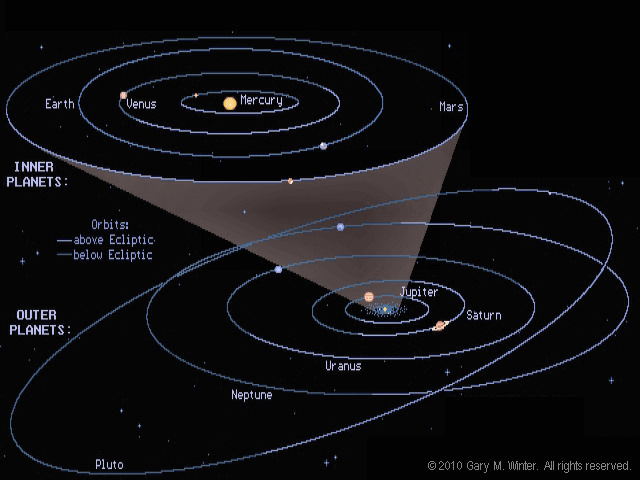chris wrote:Apollonius wrote:Request:
An "export equirectangular image" function would be really nice, with a few (2:1) sizes to pick from, to be used in a QTVR panorama. I know that Celestia is already far better than a QTVR file, but those are nice to share with people as an example view from your addon. You could even make multi-node tours with hotspots, to really show it off.
I've made one QTVR from Celestia screenshots, but it took forever and it's still not perfect.
Seems like a cool feature and one that wouldn't be too hard to add. Do you have a link to information about the types of projections required by QTVR?
--Chris
I'm still looking for a good link, but from what I know right now, you would need either 1 equirectangular projection with an aspect ratio of 2:1 (width to height), or 6 square cube facets; one for up, down, left, right, front, and back. You can also make cylindrical panoramas, but since it's outer space in Celestia, with no horizon line, it seems a little unnecessary.
Cubic (spherical) panoramas use space more efficiently (less data, better resolution, and less distortion), but exporting 1 equirectangular image might be much easier to implement (?) Also, quality doesn't matter so much if the resolution of the equirectangular image is high enough. People could still convert it to 6 cube faces to save data space if they wanted to, losing little or no resolution.
Within the cubic format are other variations like 'T-strip', 'strip', and 'series', but those are often program-specific, and all are based on the same 6 facets anyway. For the sake of ease though, putting all 6 facets into one image might be a good thing. Again, if people wanted or needed to, they could extract the facets into 6 separate square images.


